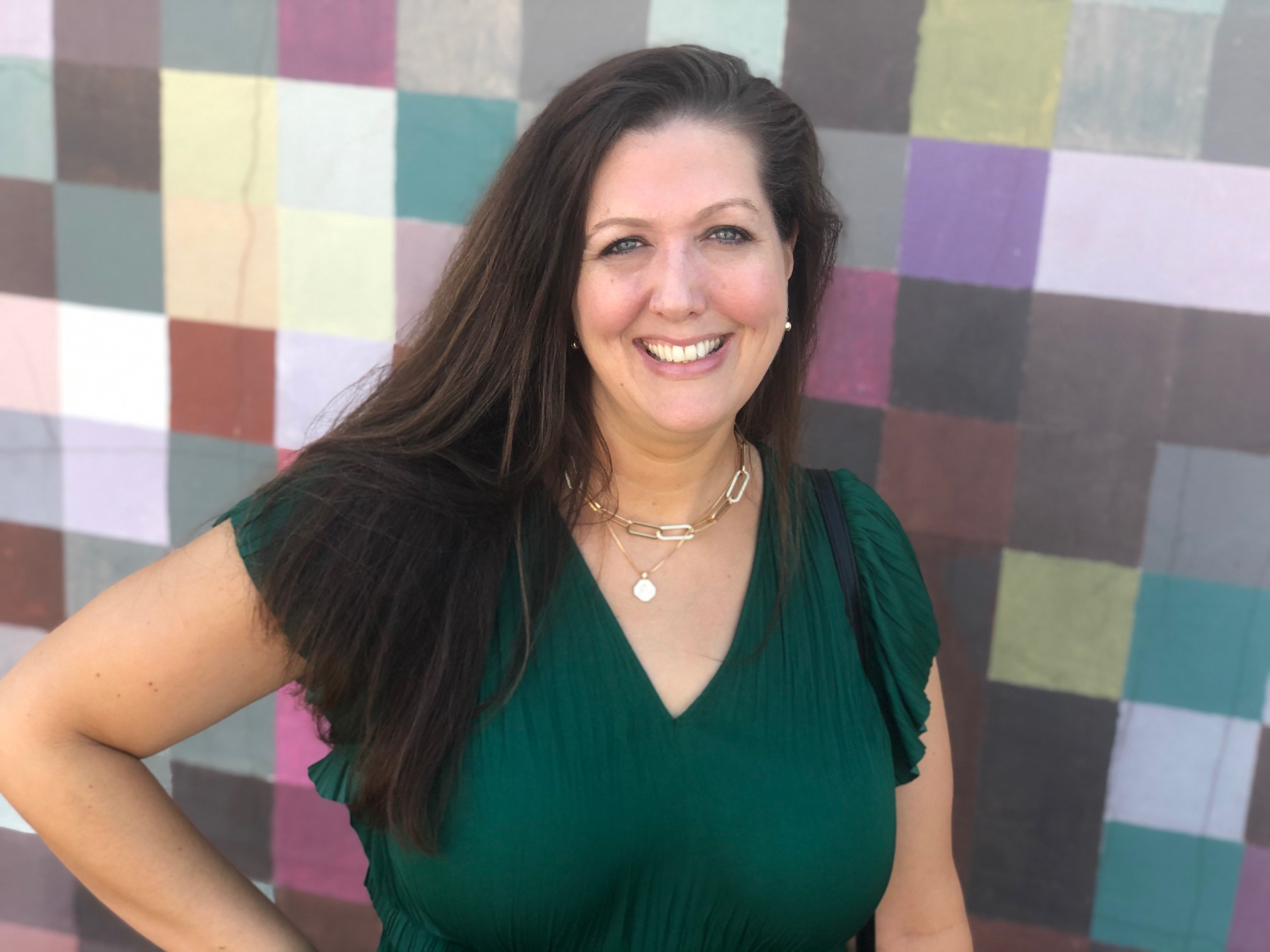Staying Excited and Engaged in Endo: A Profile on Dr. Jin Hahn

For some doctors, dentistry runs in the blood. It certainly does for Jin Hahn, D.M.D. who—in her own words—“comes from a slew of dentists in my family.” But dentistry wasn’t a given for Dr. Hahn, who initially chose to go pre-med as an undergraduate.
“I did a rotation through different departments and quickly noticed that the dental department was always smiling,” she said. “It was the best group because no one ever died of teeth problems and they didn’t have to be slaves to beepers.”
Thus, Dr. Hahn was back on the dentistry track. While at the University of Pennsylvania School of Dental medicine, she was drawn to endodontics (in fact, she had started an endo club as an undergraduate). After earning her Doctor of Dental Medicine, Dr. Hahn completed her post-graduate training in endodontics at Columbia University School of Dental and Oral Surgery and joined Mid-County Endodontic Group, PA in New Jersey.
Since starting her career, Dr. Hahn has experienced firsthand some defining moments in endodontics. “As soon as I got out of my program, everything was exploding in endo, with huge revolutions in technology, such as micro and ultrasound,” she said. “Because I was so new in my specialty and in a private setting, I wasn’t set in my ways—I was like a sponge, with no habits to break.”
The 2000s upped the ante for technology once more, as micro-endodontics was refined and became the standard of care. Dr. Hahn became one of the first to practice micro-endodontics. Then, cone beam computed tomography (CBCT) came into the picture.
“3D technology changed the game for diagnosis and treatment planning. said Dr. Hahn. “Without 3D, I don’t know what I would do when making difficult diagnoses. It just helps to execute the treatment being offered, allows for minimal removal of bone/osteotomy and aids in quicker recovery and healing.”
Dr. Hahn added implants to her practice area after completing a two-year fellowship program at the Implantology Department of NYU College of Dentistry in 2007. At a time when implants were becoming more popular—and there was a tendency to recommend getting an implant over keeping salvageable teeth—CBCT allowed Dr. Hahn to be more confident in helping patients decide whether to save their tooth or get an implant.
In addition to aiding in diagnoses and treatment planning, Dr. Hahn’s CBCT imaging system plays a critical role in patient communication and case acceptance. Because scans are available immediately on the screen, she uses the 3D images as a tool to discuss the treatment being proposed and why. “Treatment acceptance is undeniably higher with 3D imaging than without,” she said. There are also time savings, because she is able to look at the images together with her patients.
CBCT is also important when it comes to referrals. Many of the referring doctors tell their patients that Dr. Hahn has the 3D imaging necessary to figure out what will happen next.
Mid-County Endodontics was one of the first practices in the area to implement CBCT into their practice. At that time, they chose a Kodak 9000 3D. Kodak Dental would eventually become Carestream Dental, and when Dr. Hahn and her team were ready to add a system in their second location, they chose Carestream Dental’s newest unit: the CS 8200 3D.
“The CS 8200 has a lot of options—it can capture the whole head, upper arch, lower arch and more,” said Dr. Hahn. “It’s very fast and we love that.”
Her proficiency in new endodontic techniques and technology has allowed Dr. Hahn to share her experience with students; she has held roles at the NYU PG Endo program as well as the University of Pennsylvania as a clinical instructor. She is also actively involved in a number of dental organizations and study clubs and is currently on the board of the New Jersey Association of Endodontics.
When asked what advice she would give to new endodontists, Dr. Hahn had a number of tips. The first is to stay in contact with your colleagues and avoid being isolated, because you will learn more with others. “This will certainly promote the longevity of the specialty. Each year, we become better,” she said.
“Staying excited and engaged is important, because endodontics is evolving and you’re not doing the same thing year after year.”
Dr. Hahn also extolls the benefits of working in a group practice, as having associates in the practice allows everyone to balance emergency requests and their personal lives. Being in a group practice also means you can compare notes on technology as well as share successes and learn from one another.
Last—but not least—Dr. Hahn reminds endodontists to remember that the field is fun. “I have a lot of fun working with my patients,” she said. “You’re treating the whole person, and at the end of the day, patients will be more satisfied if you treat them with respect and passion.”
Contributors

Categories
- Blog
- Industry News
- Tips and Best Practices
Share





